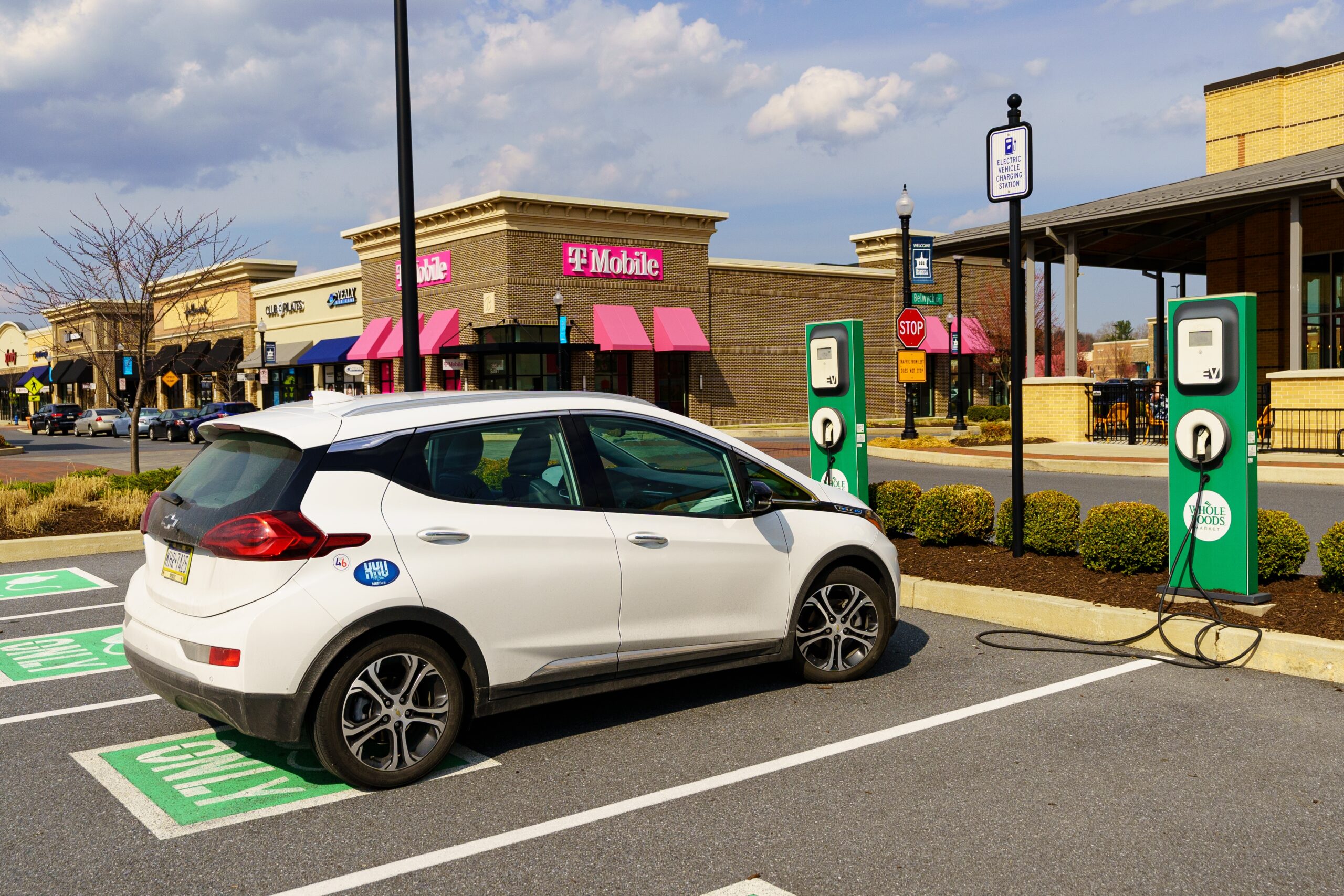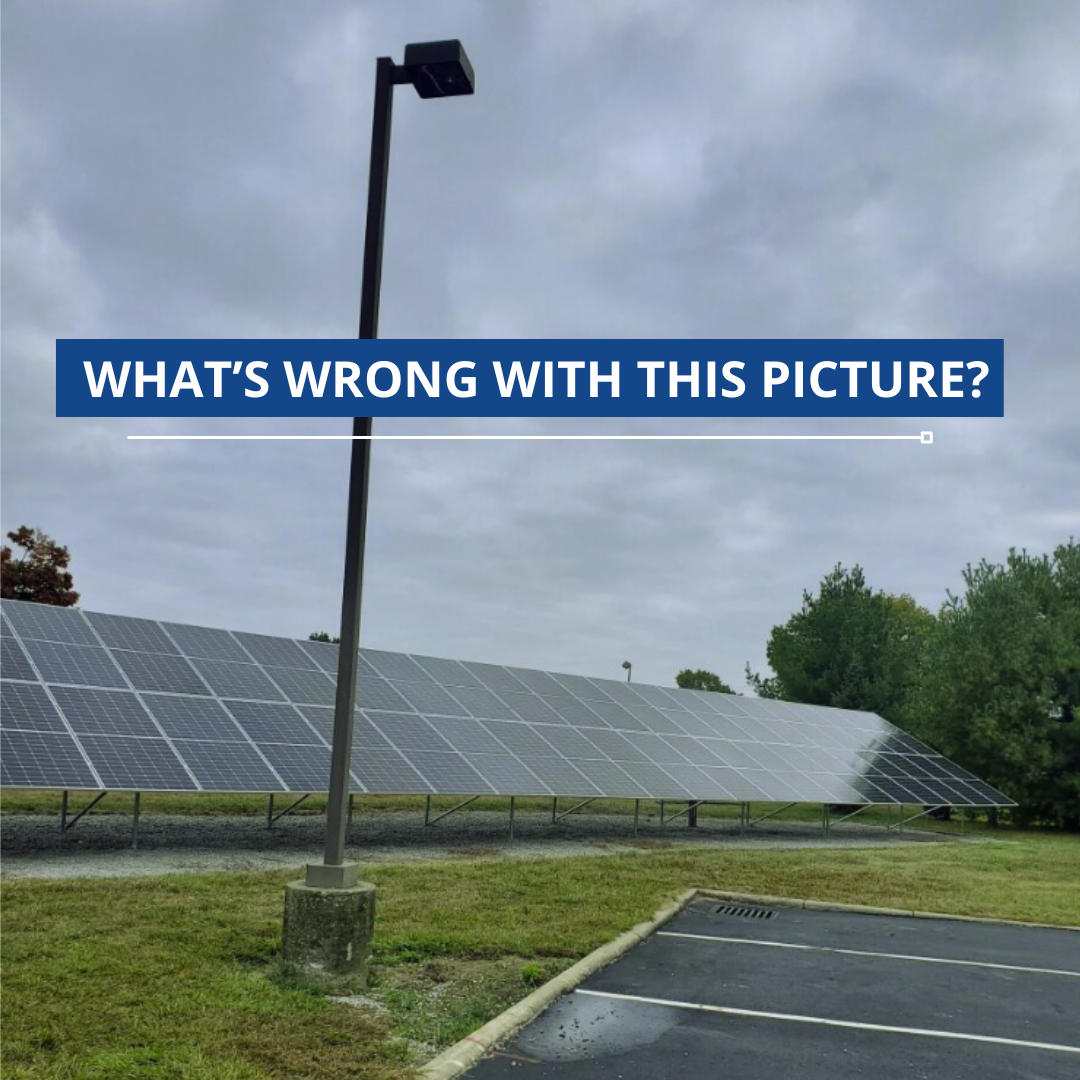In an era where companies are increasingly vocal about their commitment to improve sustainability and commercial energy efficiency, setting ambitious climate goals has become common practice. As companies strive to make progress toward their climate objectives, there is a notable surge in the demand for sustainability-focused roles within organizations. Nonetheless, numerous businesses find themselves grappling with common obstacles when it comes to formulating and executing their sustainability transition strategies.
In this blog, we will explore 10 key challenges faced by companies in their pursuit of sustainability goals. Moreover, we will help uncover the pivotal role that Engineering, Procurement, and Construction (EPC) contractors can play in navigating these challenges while becoming a trusted ally in the journey to retrofit and optimize through Energy Conservation Measures (ECM).
Top 10 Challenges
- Cost Constraints and Financial Options: When it comes to shifting toward cleaner, more efficient, and sustainable energy sources, the road is often paved with significant upfront costs. These expenses encompass investments in renewable energy infrastructure, energy-efficient technologies, and operational adjustments. Businesses, regardless of their size, frequently encounter financial hurdles that make these investments seem daunting. Moreover, many are unaware of innovative financial solutions like Energy-as-a-Service (EaaS) and other alternatives such as a Power Purchase Agreement (PPA).
Additionally, we frequently encounter a common predicament in corporate sustainability efforts: Environmental, Social, and Governance (ESG) Key Performance Indicators (KPIs) fall under the purview of the CEO, while budgetary decisions rest with the CFO. This misalignment is precisely where a solution like EaaS can step in as a strategic fit. - Lack of Awareness and Expertise for ECM: In today’s corporate landscape, the pursuit of sustainability goals has led to the creation of specialized roles. However, some companies may find themselves grappling with a critical challenge – a lack of awareness and expertise in strategically prioritizing ECMs for effective sutainable and energy-saving initiatives such LED Lighting Retrofits, Building Envelope Optimization, Solar PV, Battery Storage, EV Charging Stations and more. This knowledge gap extends to comprehending intricate energy markets, navigating regulatory requirements, and staying abreast of emerging technologies and resources that can bolster the engineering, procurement, and construction of energy projects.
For businesses without a seasoned sustainability manager or team, or a dedicated advocate, progress in this realm can be slow and cumbersome, potentially taking years to gain traction internally. Nevertheless, there’s a viable solution: starting with a well-defined baseline and crafting a user-friendly roadmap that outlines the prioritization of ECM and expectations for project management. With the guidance and experience of an EPC contractor in the energy space, this approach not only streamlines the process but also makes the sustainability program more enticing and accessible to internal teams. Check out our blog featuring a step-by-step guide outlining how EPC contractors can help you strategically prioritize energy conservation projects. - Competing Priorities: Companies often have multiple ESG goals, including those related to social and governance aspects. Balancing energy-related goals with these other priorities can be a complex task. Check out this article from the Climate Group to learn more about how to categorize the highest-impact climate solutions and begin creating a transformation plan.
- Short-Term Focus: Businesses often prioritize short-term financial goals over long-term sustainability objectives. This can lead to underinvestment in energy efficiency measures and renewable energy adoption, as the benefits may not be realized immediately.
- Regulatory and Policy Barriers: Companies operating in different regions or countries may face varying regulatory environments and policies related to energy use and emissions. These differences can create compliance challenges and affect the feasibility of certain sustainability initiatives. Eco Engineering can help you navigate the complexities of these regulatory barriers including policy related to the new Inflation Reduction Act (IRA) and legacy policy related to EPAct 179D.
- Supply Chain Complexities: When it comes to achieving ESG (Environmental, Social, and Governance) goals related to energy, successful implementation often necessitates seamless collaboration and alignment throughout the entire supply chain. However, many companies are unaware that EPC partners like Eco Engineering can offer comprehensive solutions in this realm. By doing so, these partners effectively alleviate the corporate team’s burden of managing and navigating the intricate process of engaging suppliers, verifying their adherence to sustainability criteria, and monitoring their energy consumption.
- Technological Uncertainty: Rapid advancements in renewable energy and energy-efficient technologies can create uncertainty about which solutions to adopt. Companies may be concerned about investing in technology that could become obsolete quickly.
- Legacy Infrastructure: Older facilities and equipment may be energy-intensive and expensive to upgrade. Companies with extensive legacy infrastructure may face difficulties in transitioning to cleaner energy sources.
- Risk Aversion: Some companies may be hesitant to make substantial changes to their energy practices due to perceived risks associated with modern technologies or operational disruptions during the transition.
- Data Challenges: Accurate and comprehensive data on energy usage and emissions can be difficult to obtain, especially for multinational companies with diverse operations, but there are predictions that reporting may become a requirement for companies. Without reliable data and reporting, it can be challenging to set meaningful ESG targets and track progress, however, there are solutions available to make this more manageable.
Transitioning to cleaner energy and optimizing commercial energy efficiency is a task that demands careful consideration, financial planning, and expertise. With the right strategies and partnerships in place, companies can navigate these obstacles and take meaningful steps toward a greener, more sustainable future.
To discuss your commercial and industrial energy efficiency projects, or learn more about Energy as a Service, please contact us.












